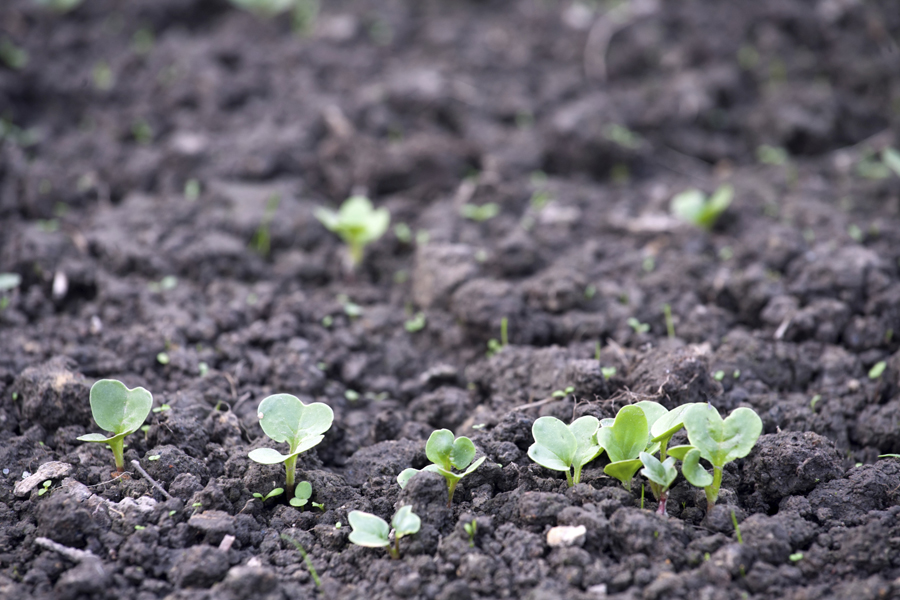Plant an Edible Landscape

“Is it local?” is one of the most frequent questions I’m asked at our tasting room in Cutchogue in regard to the provenance of the fruit my husband makes into wine and the honey I have on the shelf. Food miles and where the food we eat is grown are topics near and dear to my heart, so I’m happy to proudly answer, “Yes, all from the North Fork.”
More and more people are interested in making food as “local” as possible. By growing what we need near where we live, we decrease the food miles associated with long-distance transportation. We also get the freshest produce money can buy, and we are encouraged to eat in season.
As I have finished all my field work in the bee yards for the season, winter is the perfect time for reflection and a time to start thinking about the path forward next year. How to make more food, more local? The victory gardens of WWI and WWII have morphed into the community gardens popular today. But, I think there is still room for further metamorphosis.
With little support and with few other options for accessing fresh produce, residents in urban centers including New York, Detroit and Oakland continue to transform blighted vacant lots into vibrant and productive community gardens. Garden plots also help people gain a greater appreciation for where food comes from, and they beautify and increase property values in the surrounding area. The concepts of a community garden need to be extended and amplified. Slow Food USA, including the East End Chapter, and local schools with school gardens have paved the way.
Tear up your boring residential green lawn and choose an edible landscape. Businesses in need of landscaping, libraries, hospitals, hotels and churches with lawn space can help scale up this effort and create even more of an impact. The resulting fruits and vegetables could be shared with your family, friends and employees, donated to local food pantries, or sold to local retailers. If you don’t have the time to pick the fruit, local food organizations including Long Island Cares collaborate with partners to glean local gardens and farms, getting the fresh food to people in need. Alternatively, perhaps register your site on neighborhoodfruit.com, a nationwide website designed to help people find and share fruit ripe for picking so that the food does not go to waste.
According to a NASA-sponsored study, there are over 31 million acres of lawns in the United States, making it the nation’s largest irrigated crop by area. This means that there are millions of acres of underutilized land that could be a productive fruit orchard, an herb garden, or a vegetable garden—or all three!
Edible plants come in nearly all shapes and sizes and can perform the same landscape functions as ornamental plants. Where you have wanted to plant a shade tree, plant a fruit tree. In another area, plant a few high bush blueberries instead of a deciduous ornamental shrub. Put pots of herbs on your patio. Include cherry tomatoes in a window box or hanging basket. Replace a Japanese barberry hedge with gooseberries. Train raspberries up your fence. Plant ostrich fern as a ground cover and, in the spring, eat the fiddleheads raw, steamed, boiled, or sautéed with butter and garlic. While these ideas cannot solve hunger, they are an important dietary supplement.
It is cold out so now is the time to plan! Look at the meals that you are preparing for the holidays. How great would it be if you grew more of the ingredients yourself? While my dreams are always bigger than what I actually accomplish in reality, I’m definitely going to plant a few blueberry bushes this spring and have less lawn to mow.
Laura Klahre is owner of Blossom Meadow LLC. She is a full-time beekeeper and a life-long conservationist. Visit her new store on the North Fork in Cutchogue (31855 Main Road, just east of King Kullen), shared with Coffee Pot Cellars, coffeepotcellars.com.



